Monoglyceride CAS 123-94-4
Chemical Name: Monoglyceride
Appearance: White powder
Assay: 99%
Sample: Available
发送询盘
Description
Monoglyceride quick details
Synonyms: Monostearin
CAS: 123-94-4
MF: C21H42O4
MW: 358.56
EINECS: 204-664-4
Appearance:White powder
Typical Properties
Purity
99% Min
Form
Powder Form
Name
Glycerol Monostearate E471 GMS
Color
Pure White
Melting point
78-81 ??C
Boiling point
476.9 ??C at 760 mmHg
Monoglyceride Usage
It is a natural, PEG-free,and biodegradable ingredient, widely used in cosmetic, food, feed and lubricant, painting, coating, leather, textile and paper etc.
Glyceryl Stearate is an emollient, emulsifier, emulsion stabilizer, viscosity builder?and moisturizer and can be found in lotions, cleansers, creams, sunscreen and suntanning products, and hair conditioners and hair rinses. Glyceryl Stearate helps to form an emulsion by creating a reduction in the surface tension of the substances that are to be emulsified. In cosmetics it is employed as a pearlizing and opacifying agent in makeup bases and foundations, eyeliner, mascara, eye shadow and powders. It is also used in the treatment of eczema, as a humectant, as a solvent and in drug delivery.
Due to Glyceryl Stearate emollient and humectant properties, it is lubricating on the skin and gives skin a smooth and soft appearance. It is also able to create a barrier on the surface of the skin, slowing down any water loss.
It is also used in foods to keep baked goods fresh and to improve the quality of flour. It is also used in starch products, chewing gum, ice cream, milk products, chocolates and other foods. In textiles it is used as a softener for materials and as an externally used lubricant for plastics.
It is soluble in alcohol and oil but only dispersible in water. It is categorized as an anionic modified emulsifier and is recommended to be used in water or oil emulsions that are between the pH range of 5-9. It is used in cosmetics and creams at the amounts of .5-2% w/w. It is typically used with other emulsifiers such as ceteareth 20 or polysorbate 20.
Monoglyceride? package
Package: 25Kg/drum
| 5 |
|
0 |
| 4 |
|
0 |
| 3 |
|
0 |
| 2 |
|
0 |
| 1 |
|
0 |
- 2
- 2-diallylpent-4-en-1-amine
- 4
- 95-16-9
- Ammonium sulfamate
- Benzothiazole
- cas:67889-00-3ح2
- cas:83524-75-8 | pigment black 32
- cas:928836-00-4 | 2
- cas:932745-70-5 | 4
- Chemical Minerals
- Coconut diethanolamide
- Daily Chemicals
- discount
- for sale
- General pvc resin
- hexyl D-glucoside
- in stock
- Lauramidopropyl betaine
- LAURIC ACID MONOETHANOLAMIDE
- Petroleum Additives
- Plasticiser
- Ploymers
- price
- PVC
- quotation
- Raw Materal
- Remove term: Petroleum Additives Petroleum Additive
- SODIUM ETHYL 2-SULFOLAURATE
Related Products
Chemical Name: Disodium Hydrogen Citrate Sesquihydrate
Cas No.: 6132-05-4
Appearance:?White Powder
Assay??99%
Monostearin is a versatile emulsifier and emollient derived from glycerol and stearic acid. It is instrumental in stabilizing emulsions and enhancing the texture and consistency of a wide range of products in the cosmetics, food, and pharmaceutical sectors.
Chemical Name: Ashwagandha Extract
Synonyms: Withania somnifera, ext.; Withania Somnefera Extract
CAS: 90147-43-6
Appearance: Brown
Chemical Name: Zinc citrate
Synonyms: Zinc citrate trihydrate
CAS No.: 546-46-3
Molecular Formula: C6H8O7Zn
Molecular Weight: 257.5
Appearance: White powder
Chemical Name: Sunflower oil
Synonyms: Organic Sunflower Oil; Helianthus annuus oil
CAS No.: 8001-21-6
Appearance:?Yellow Liquid
Assay: ??99.0%
Chemical Name: LACTITOL
CAS No.: 585-86-4
Molecular Fomula: C12H24O11
Molecular weight:?344.31
Appearance:?White crystalline powder
Assay: 98.0%-101.0%
Hydrogenated lecithin is light yellow or milky white powder. Due to the use of catalysis and hydrogenation processes, the unsaturated chains of unsaturated fatty acids in the molecular structure of soybean lecithin disappear, thereby greatly improving the chemical stability, dispersibility, and emulsification of lecithin. It has decolorization and deodorization effects, which is more conducive to storage and preservation, and improves its role in medicine, high-end cosmetics, and light industry. It is especially suitable for intravenous fat emulsifiers and nutrients. It is used as a blood lipid emulsifier to prevent arteriosclerosis, and has the advantages of being easy to digest, easy to absorb, and almost not remaining in the internal organs.
Microcrystalline cellulose is a purified, partially depolymerized cellulose that occurs as a white, odorless, tasteless, crystalline powder composed of porous particles. It is commercially available in different particle sizes and moisture grades that have different properties and applications.
Microcrystalline cellulose and carboxymethylcellulose sodium occurs as a white or off-white odorless and tasteless hygroscopic powder containing 5?C22% sodium carboxymethylcellulose. It is a water-dispersible organic hydrocolloid.
Chemical Name: Potassium Castorate
CAS No.: 8013-05-6
Molecular Formula: C57H107K3O12
Molecular Weight: 1101.74718
Appearance: Yellow Liquid
Chemical Name: D-PANTOTHENIC ACID
CAS No.: 79-83-4
Molecular Formula: C9H17NO5
Molecular Weight: 219.24
Appearance: Colorless or Light Yellow Oily Liquid
Citric acid is a white, crystalline, weak organic acid present in most plants and many animals as an intermediate in cellular respiration. Citric acid contains three carboxyl groups making it a carboxylic, more specifically a tricarboxylic, acid.the name citrus originates from the Greek kedromelon meaning apple of melon for the fruit citron. Greek works mention kitron, kitrion, or kitreos for citron fruit, which is an oblong fruit several inches long from the scrublike tree Citrus medica. Lemons and limes have high citric acid content, which may account for up to 8% of the fruit’s dry weight.
Chemical Name: Choline salicylate
CAS No.: 2016-36-6
Molecular Formula: C12H19NO4
Molecular Weight: 241.28
Appearance: Red-Brown Crystal

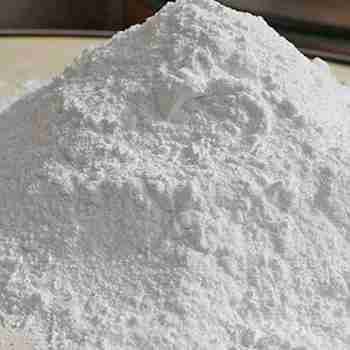
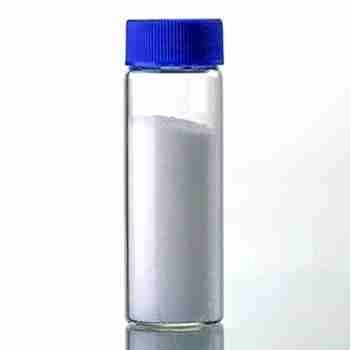
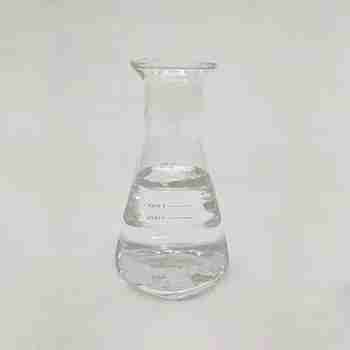
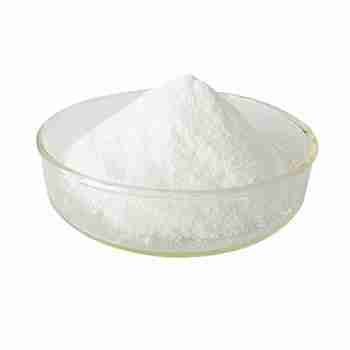



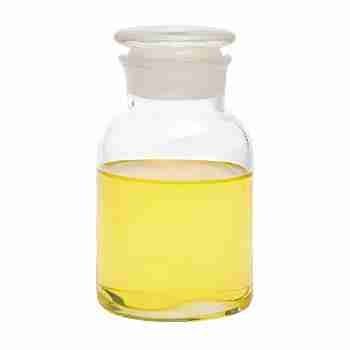
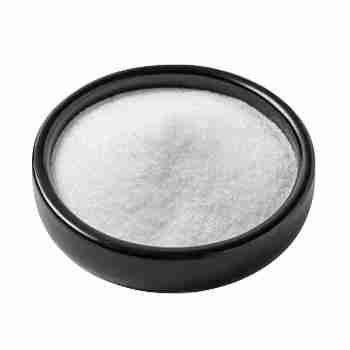
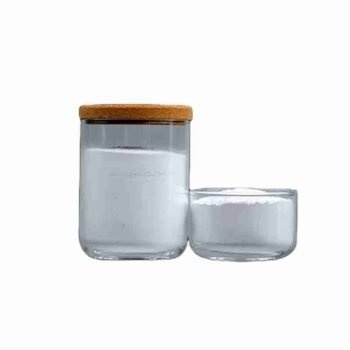


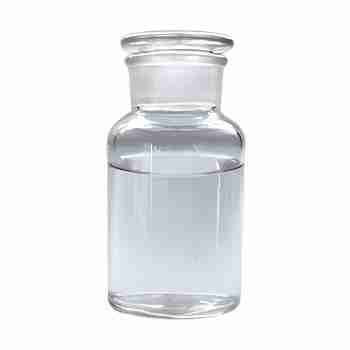
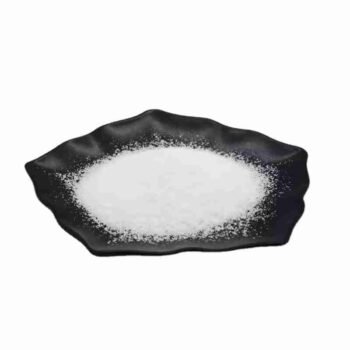




Reviews
There are no reviews yet.